Mitsubishi had a good thing going late last year. They had 2 models in the top 5 best-selling cars and they ended the fiscal year with significant growth and more market share. It was continued into 2024 with the launch of the Mitsubishi Triton, but things paused from there. New cars, new brands, a car show, and out of country trips came one after another that there was barely any breathing room for us in the media.
Finally, they were able to push things through this June and it turned out to be a memorable drive. Nature even tried to stop us mid-way but the Triton proved to be more than a pretty pickup.
The units lent to us were the top of the line Athlete 4×4 priced at PHP 1,909,000 and the next highest variant GLS 4×2 at PHP 1,582,000. I was assigned to the 4×2 unit which seemed vanilla in terms of looks compared to the Athlete. However, it got me wondering how much value for the money one will have if they purchase this since not everyone can afford or need the top of the line. With that, we went off north to Bagac, Bataan to try out the Tritons on the dirt.
Improved comfort on paved roads
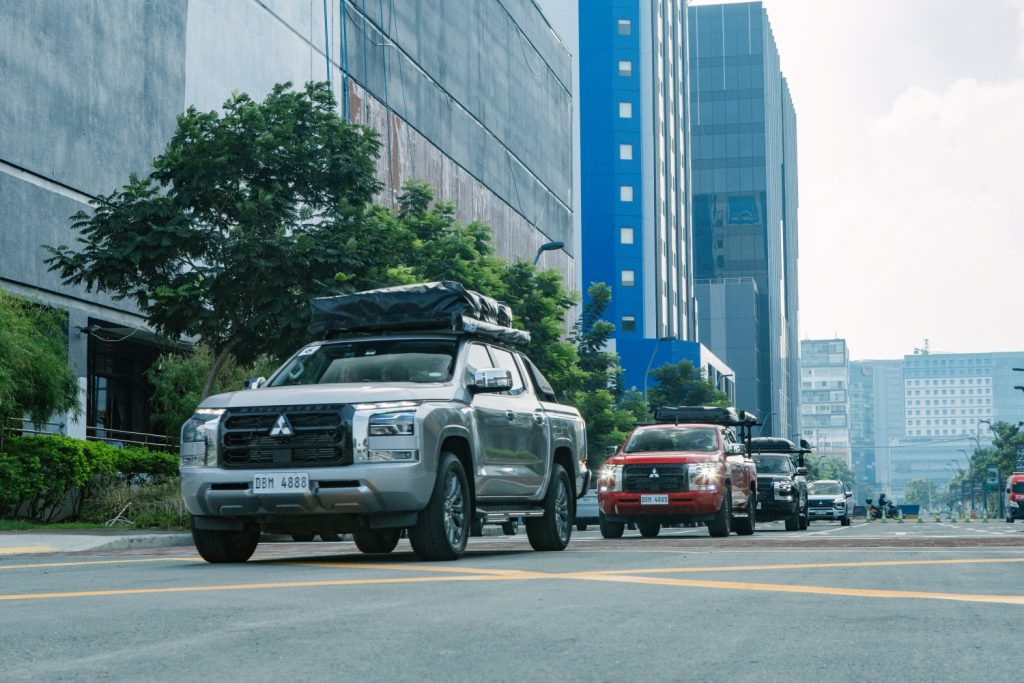
Of course, we went through some paved roads first. It was hard to judge the ride comfort of the Triton by the first series of roads – Skyway, NLEX, and SCTEX – as they were all well maintained. It was in Pampanga where we had a real tasting of the pickup’s suspension. It’s tuned well that the Triton felt almost like a Montero Sport even with an empty cargo bed. Things are not overly bouncing around even with sudden jolts of road imperfections. The damping is quick, but firms up just as fast once it recognizes a flat surface. Body roll is also minimized with this setup. Taking corners at speed isn’t as dizzying as expected and quick lane changes doesn’t make the pickup dip too much. I must say that in this regard, the Mitsubishi Triton is bringing the suspension battle really close to the Ranger and Navara.
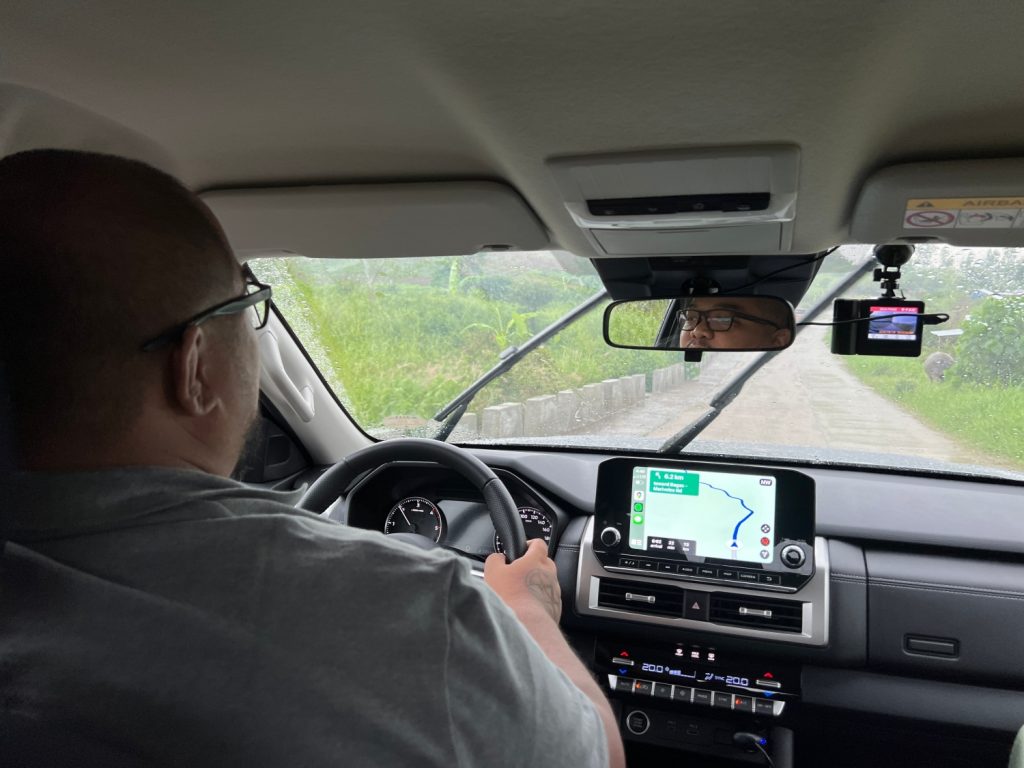
As a passenger, the only thing I really wished the Triton had was rear air vents. Everything else was almost perfect. It has little pockets behind the front seats for small things like a smartphone, pen, or trash from take outs. There’s a USB-C and USB-A ports at the rear, USB-C infront, tactile buttons on the touchscreen bezel and air controls, wireless Apple CarPlay (wired Android Auto), and the nicely contoured seats for all occupants that help a lot in keeping you in place.
Driving the Triton GLS was a delight. First, the weighted steering wheel isn’t as cumbersome as some of its rivals, making it easier to maneuver even in a tight 3-point turn. Second is the complimentary driving amenities like the bigger vehicle info screen between the gauges that is very intuitive to use, the 9-inch touchscreen that has a modern software and snappy response, and shifter that has a tiptronic option for better control of shifting and engine braking. Third, I like how the GLS has many features from the Athlete, including the Advanced Driver Assist bits, making this bulky pickup easier to drive in the city and provinces.
A rainy challenge
We were given the chance to play with the Triton Athlete once we arrived at Cabog Cabog View Deck in Bagac, Bataan. We were tasked to follow a path that’s mostly damp soil, with some areas still wet and muddy. I was even put at a disadvantage since I’m one of the last drivers to try the course and the wet areas were already too slippery. Still, I went for it.
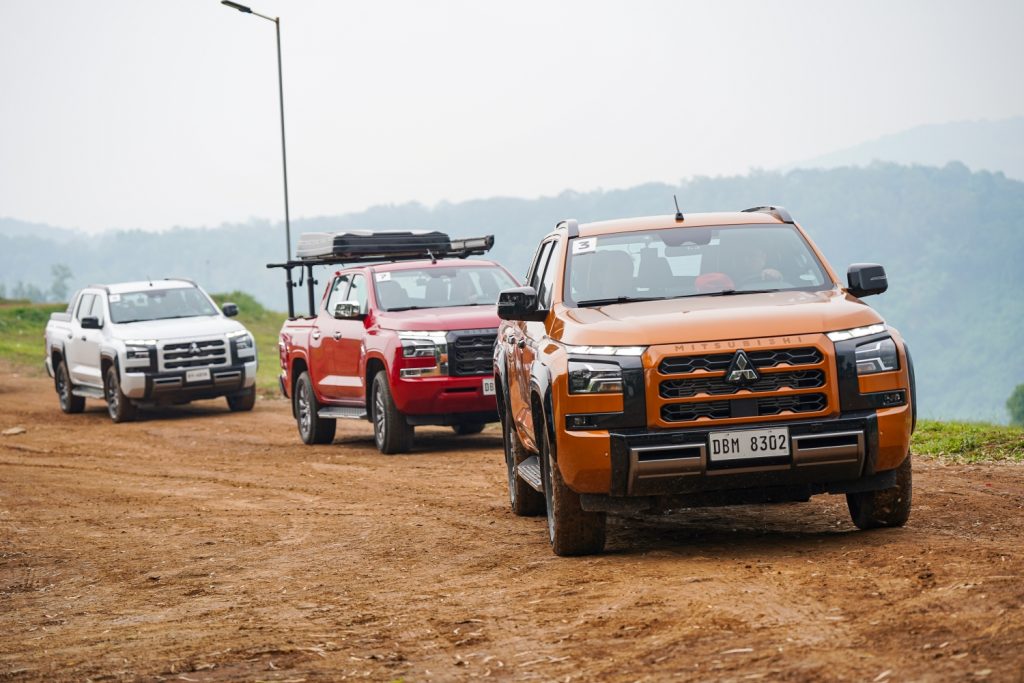
The Triton Athlete has a cheat code in its powertrain. It only has 21 more horses and 40 more Nm of pull compared to the GLS yet it treated the damp path like a playground. This is because its peak torque comes earlier at 1,500 rpm compared to the 2,500 rpm of the GLS so I was really just playing with the throttle most of the time. The Triton takes care of being fast, while the rocks, mud, and whatnot slow down the pickup. Even the slippery corners were a cinch as long as you maintain control of the throttle and not floor it in a panic. Earlier I commended Mitsubishi for retaining the tiptronic option on the shifter but in reality, there was little need for it as the 6-speed automatic transmission was very intelligent in sending power to the wheels. It knows when to shift up or go beyond the shifting point for more torque and maintain it – in both ascent and descent.
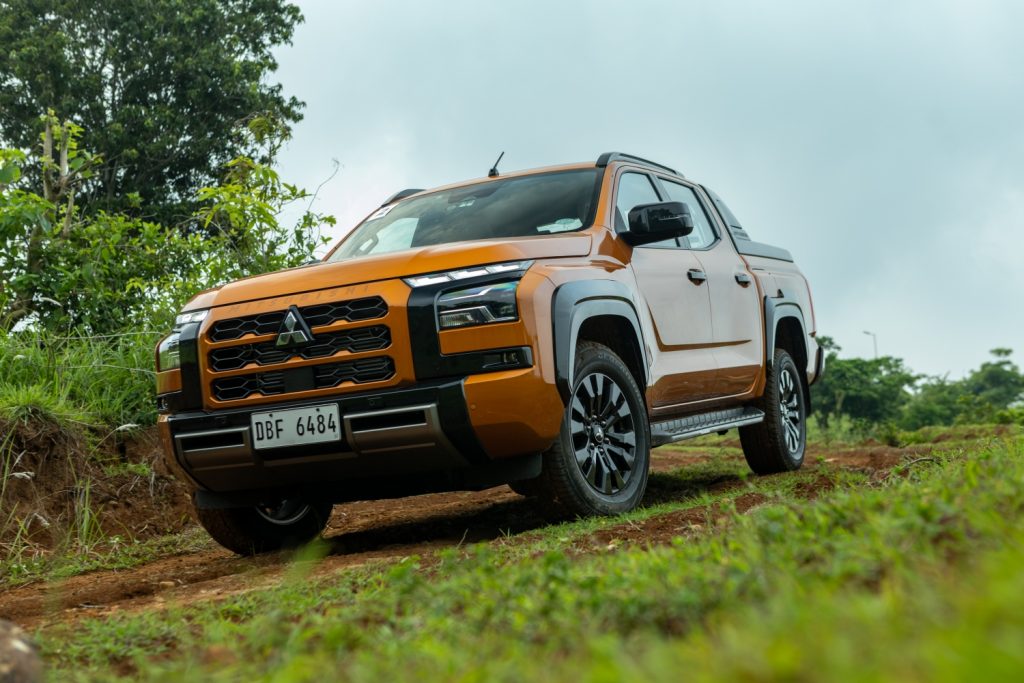
It was a very short run that left me wanting for more – only I didn’t know there was more. On our way out of the view deck, we went through a long path at the back of the surrounding farm to have more off-road time. This time, I went back to my original unit, the GLS 4×2. Just as we were starting to roll, rain came in increasing the difficulty of leaving this off-road farm.
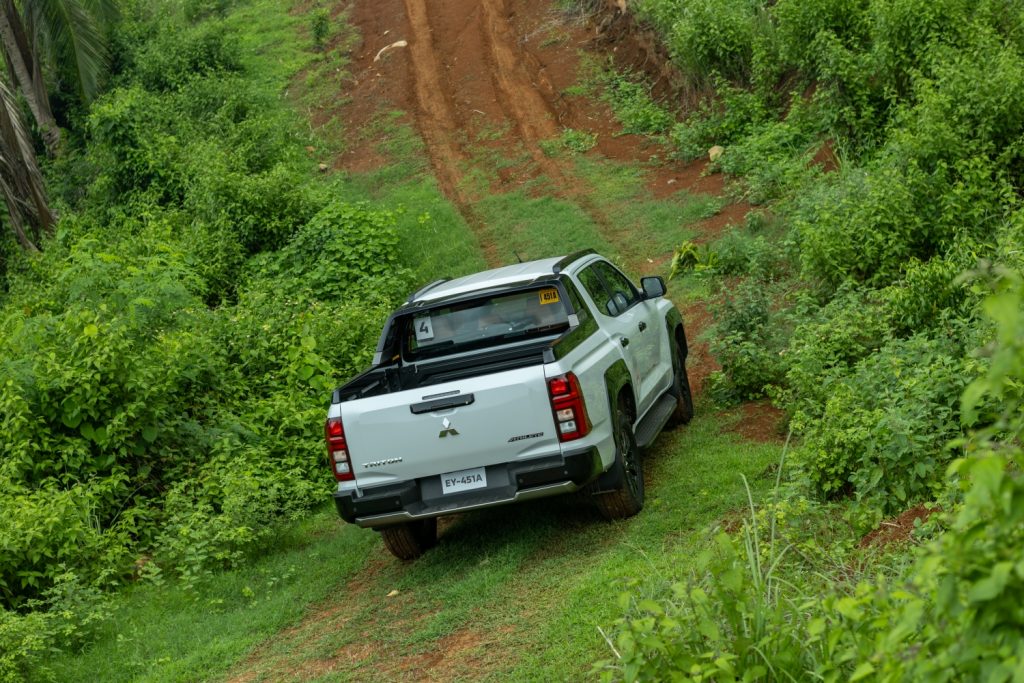
In the beginning things were still manageable. I was able to climb a steep, wet hill thanks to momentum and some rocks that provided grip to the tires. Things are very arcade-ish until the point we have to go out of the path. Doing so involves going over the grooves on the dirt that are deeper than a standard street curb in the city. The GLS 4×2 was initially slipping sideways until I pressed the throttle just a little more and the Triton happily went over that dirt hump. But after this, it was mostly slippery mud. Good thing all Tritons have Active Stability and Traction Control so that a good grip from one of the rear wheels was enough to propel the pickup forward and not be stuck. The Triton was really saving itself at this point because there were a lot of times I could not have enough speed because the 4×4 unit in front of me was going too slow. The transmission also played a great part in this as it was smart enough to know when to hold the rev, maintaining the torque needed to get away.
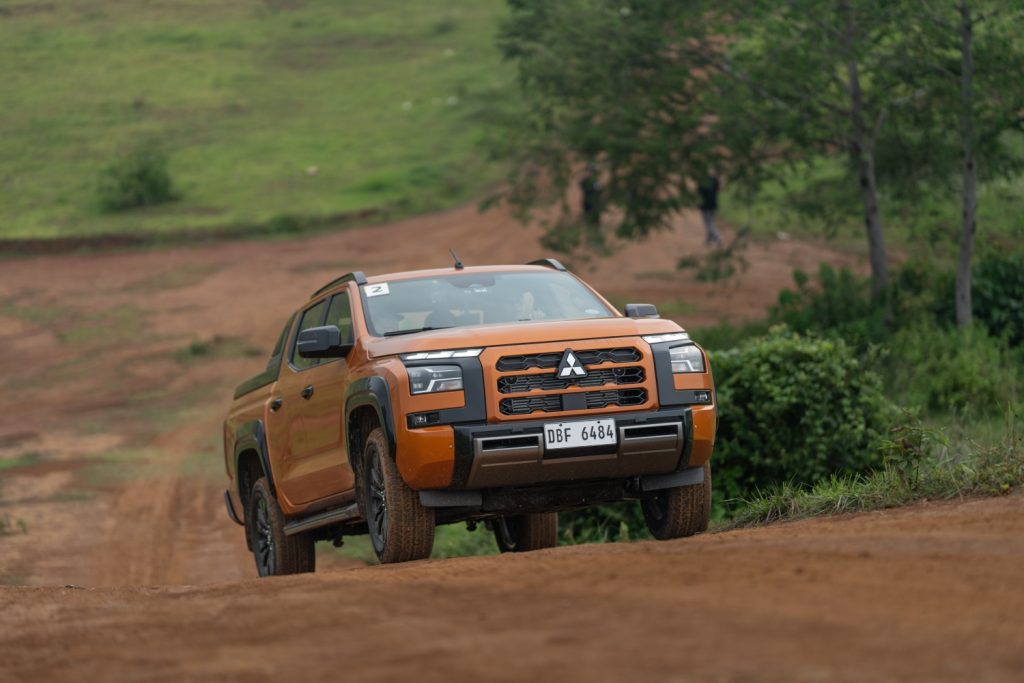
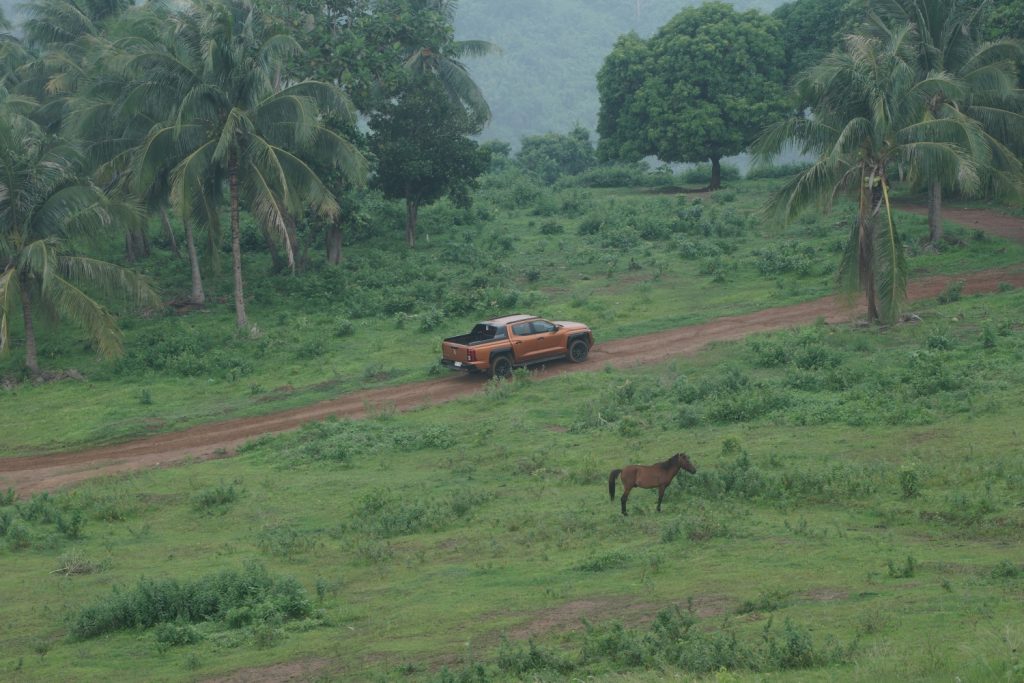
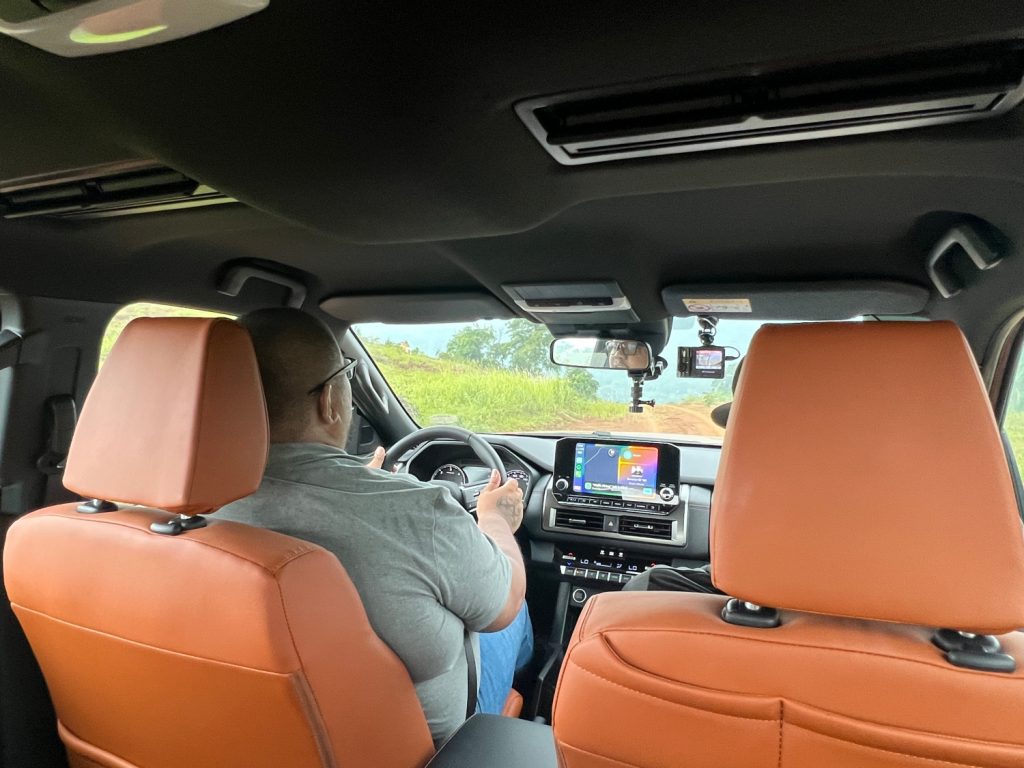
There was no doubt in my mind that the Mitsubishi Triton Athlete could get away from that ordeal. What’s impressive was how the Triton GLS 4×2 was able to maintain its composure during all that slipping and sliding. No 4WD, no drive modes, no problem for the GLS.
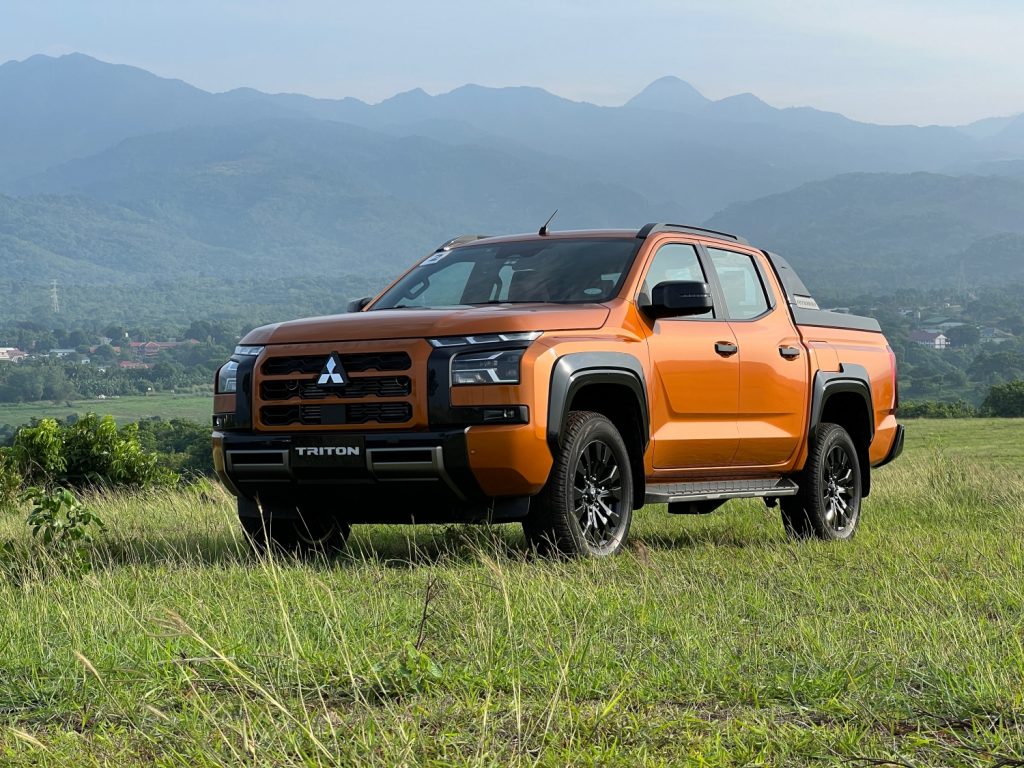
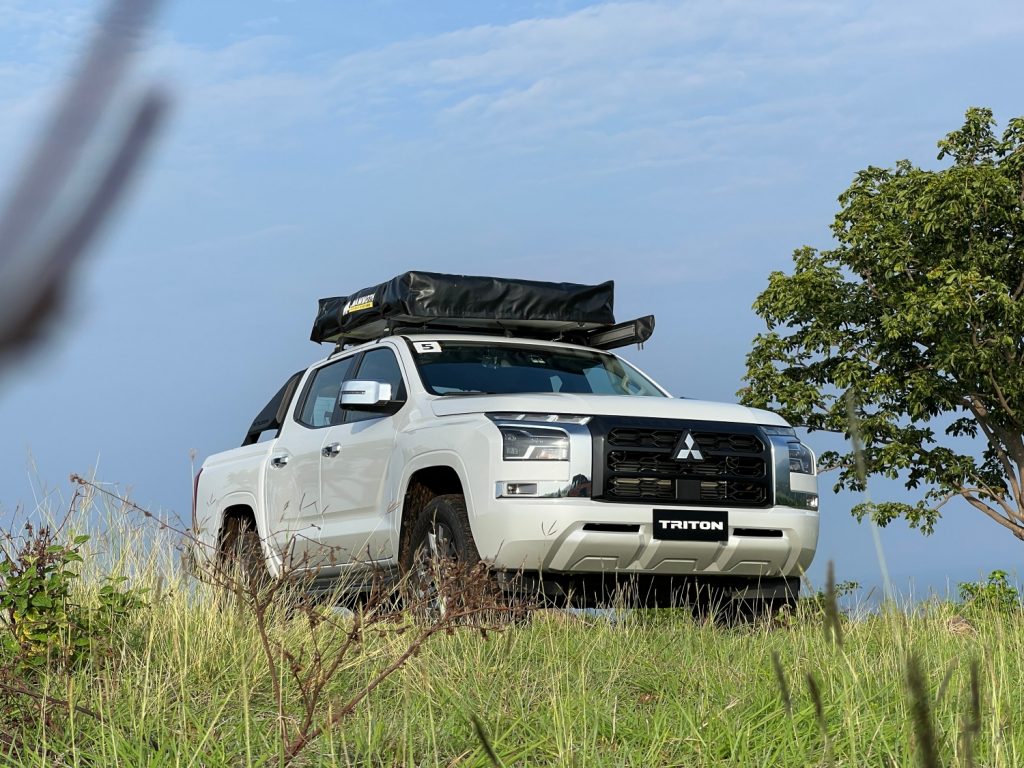
On paper, the Mitsubishi Triton has the impression of being just another pickup. It’s not outlandish in its specs, nor does it have the most advanced tech (though the features are contemporary). Its strength lies in how all these bits come together for a solid drive. Combine that with its eye-catching brutish aesthetic, comfortable ride, and good pricing – looks like Mitsubishi has another ace to stand alongside the Mirage G4 and Xpander.

